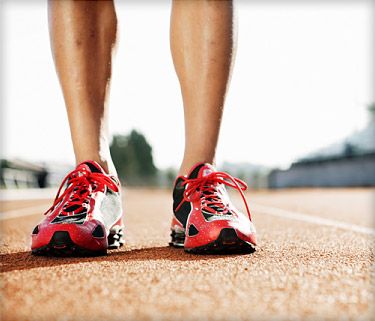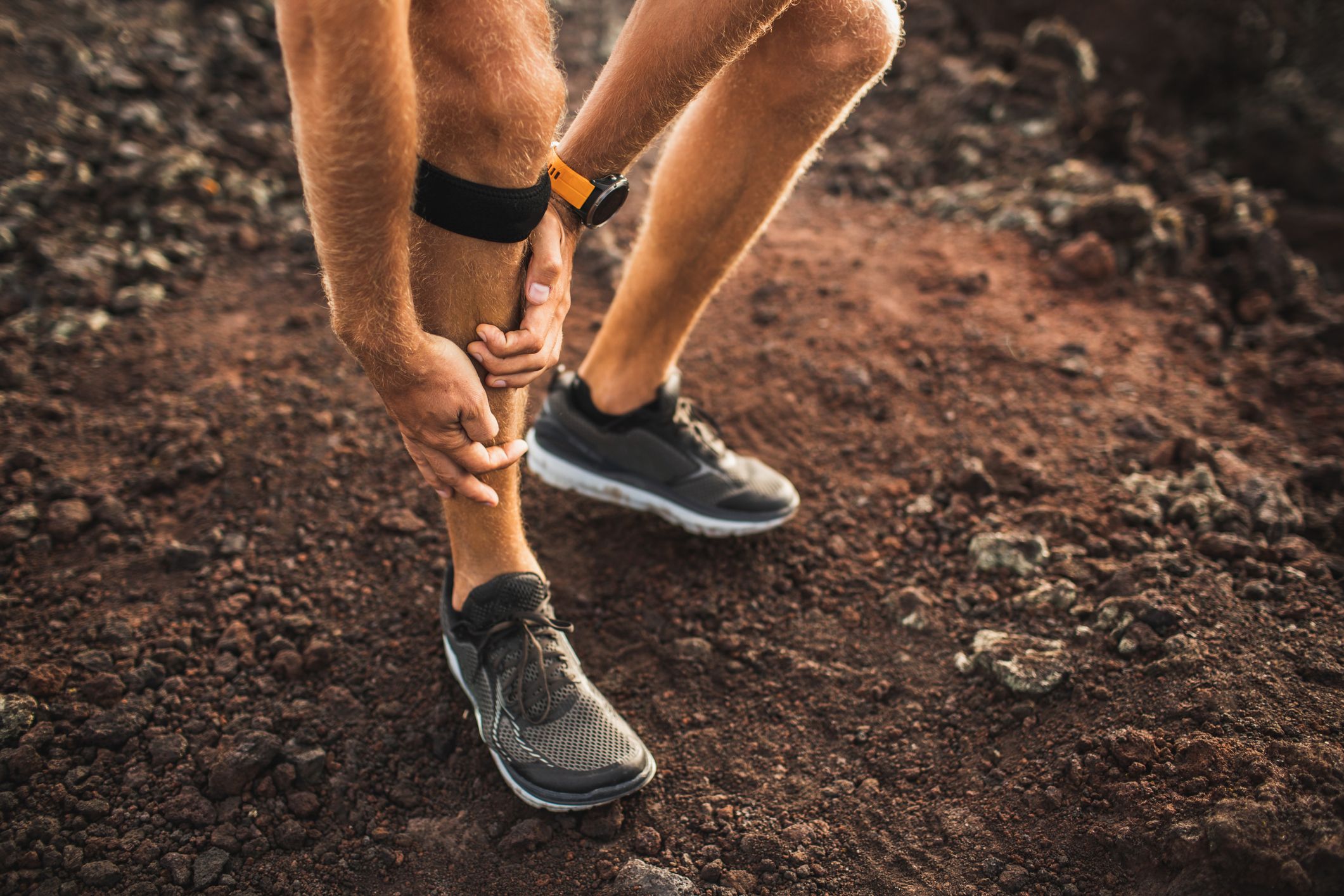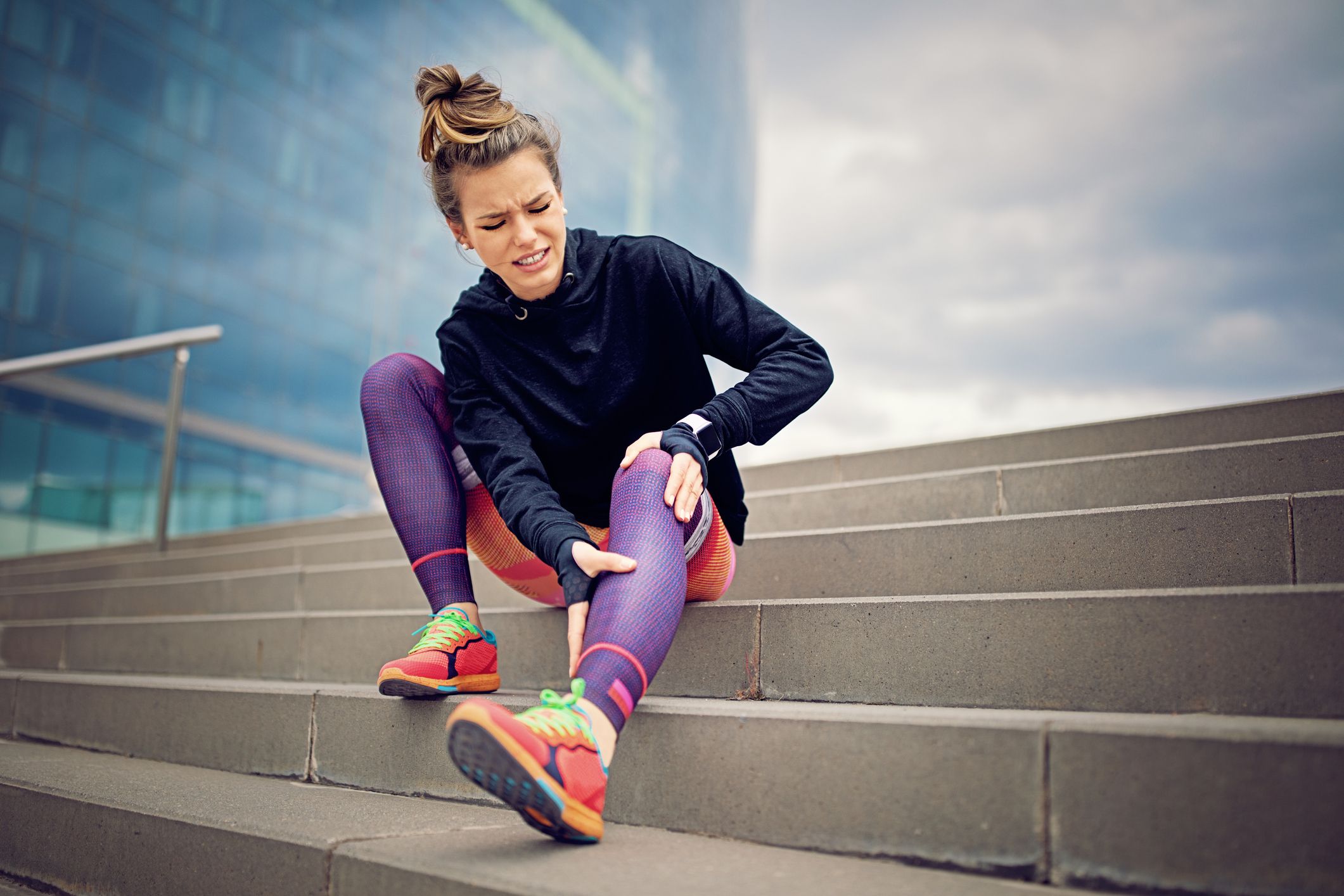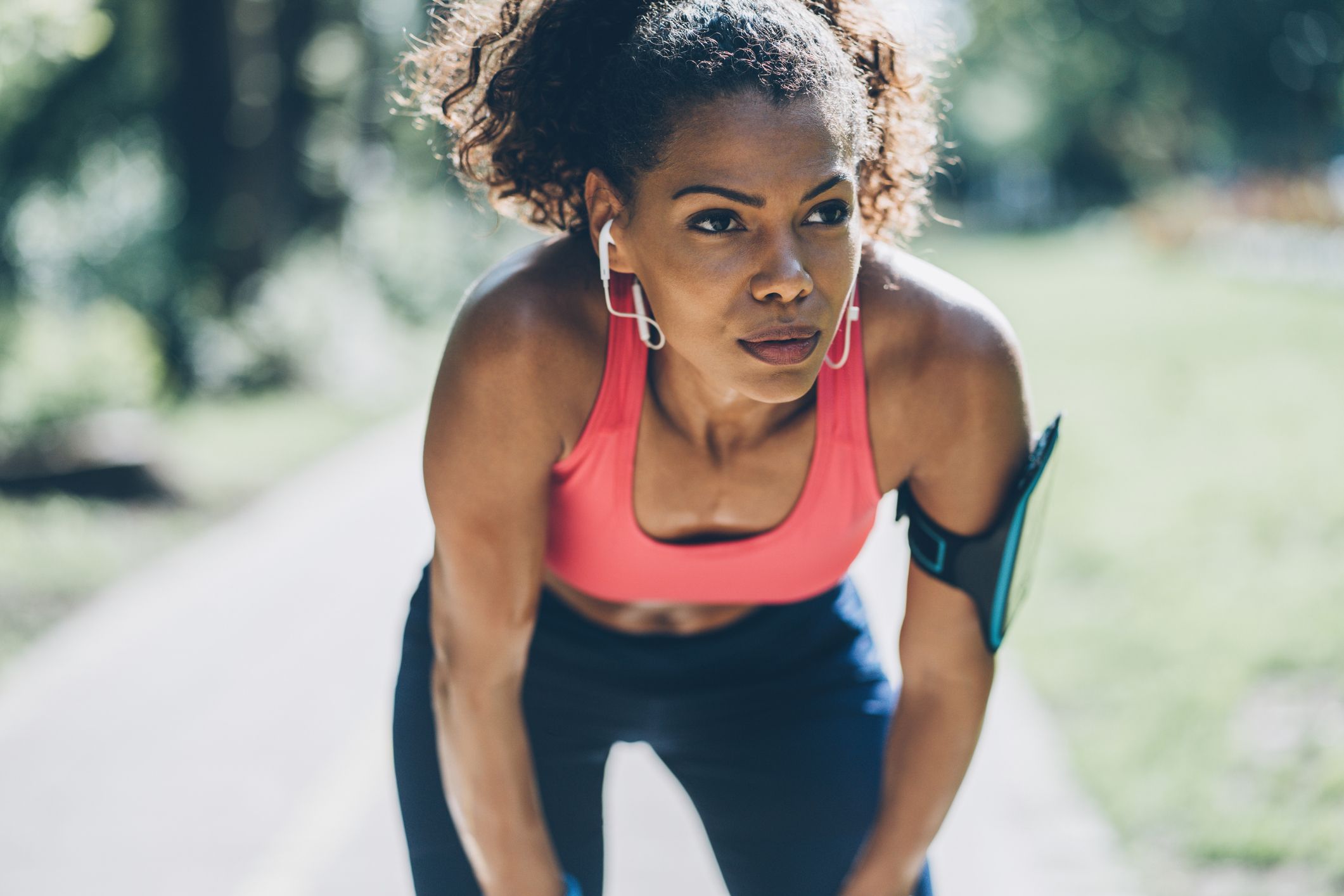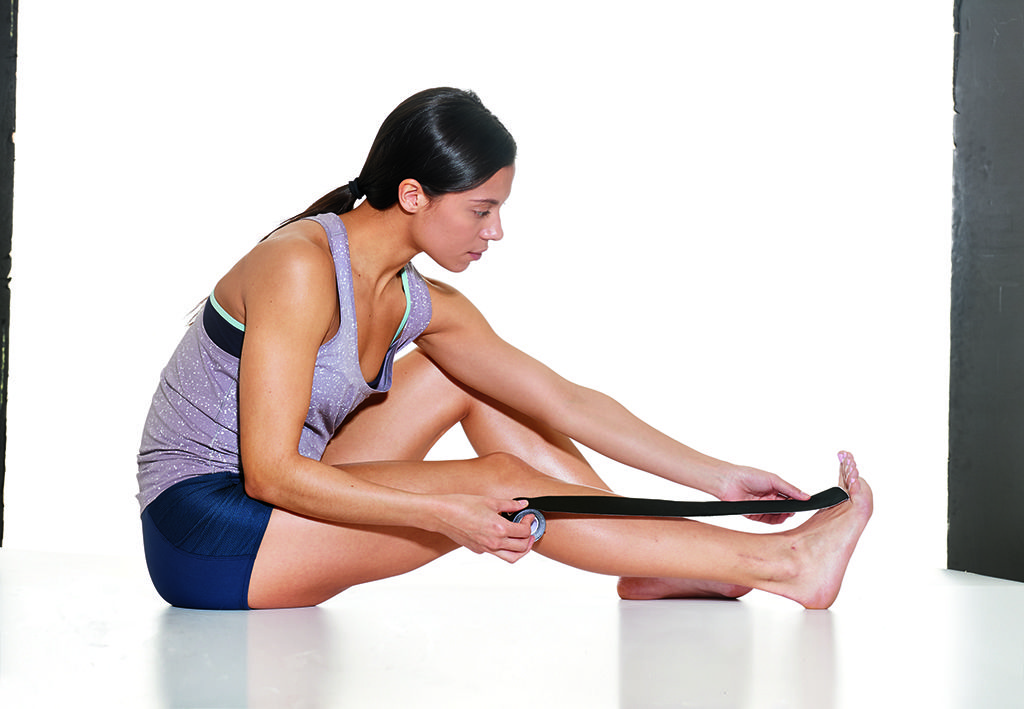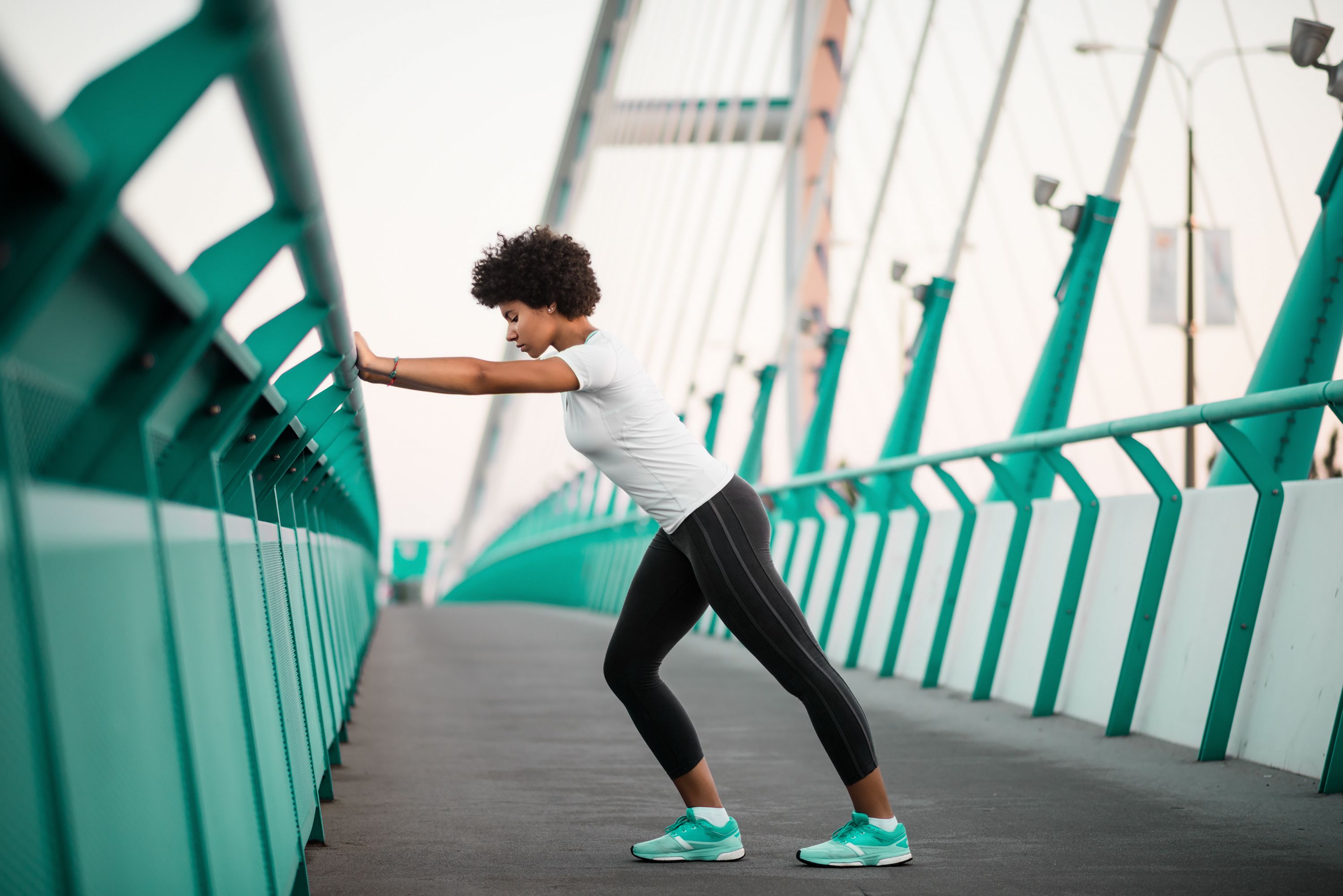Shin splints что это
shin splints
1 shin splints
2 shin-splints
3 shin-splints
4 shin splints
5 shin-splints
См. также в других словарях:
Shin splints — or medial tibial stress syndrome (MTSS) refers to pain along or just behind the shins with sports that apply extreme pressure to the legs, such as gymnastics. Ten to fifteen percent of running injuries are shin splints. Contents 1 Causes 2… … Wikipedia
shin splints — n pl but sing or pl in constr painful injury to and inflammation of the tibial and toe extensor muscles or their fasciae that is caused by repeated minimal traumas (as by running on a hard surface) * * * an overuse injury characterized by strain… … Medical dictionary
shin splints — shin′ splints n. (used with a pl. v.) pat a painful condition of the front lower leg associated with muscle strain or stress of the tibia from strenuous activity • Etymology: 1940–45 … From formal English to slang
Shin splints — Dieser Artikel oder Abschnitt ist nicht hinreichend mit Belegen (Literatur, Webseiten oder Einzelnachweisen) versehen. Die fraglichen Angaben werden daher möglicherweise demnächst gelöscht. Hilf Wikipedia, indem du die Angaben recherchierst und… … Deutsch Wikipedia
shin splints — noun painful inflammation of the muscles around the shins; frequent among runners • Hypernyms: ↑inflammation, ↑redness, ↑rubor * * * noun plural but singular in construction : injury to and inflammation of the tibial and toe extensor muscles or… … Useful english dictionary
shin splints — /ˈʃɪn splɪnts/ (say shin splints) plural noun (construed as singular) a painful condition of the front lower leg linked with inflammation of the periosteum or stress fractures, caused by activities such as jogging, tennis, aerobics, etc., carried … Australian-English dictionary
shin splints — plural noun [treated as sing. or plural] acute pain in the shin and lower leg caused by prolonged running on hard surfaces … English new terms dictionary
shin splints — noun plural but singular or plural in construction Date: circa 1930 injury to and inflammation of the tibial and toe extensor muscles or their fasciae caused by repeated minimal traumas (as by running) … New Collegiate Dictionary
shin splints — (used with a pl. v.) Pathol. a painful condition of the front lower leg, associated with tendinitis, stress fractures, or muscle strain, often occurring as a result of running or other strenuous athletic activity, esp. on a nonresilient surface.… … Universalium
shin splints — noun Inflammation of muscles around the shins … Wiktionary
shin-splints — Tenderness and pain with induration and swelling of pretibial muscles, following athletic overexertion by the untrained; it may be a mild form of anterior tibial compartment syndrome … Medical dictionary
What Are Shin Splints?
In this Article
In this Article
In this Article
Do your shins throb and ache after your daily run or just sprinting to catch the bus?
It could be shin splints. You might hear a doctor call it medial tibial stress syndrome. The cause is stress on your shinbone and the connective tissues that attach muscles to your bones. They get inflamed and painful.
This common problem can result from:
If you’re active, you could get them if you make sudden changes like more intense, more frequent, or longer workouts.
How Are They Treated?
They often heal on their own. If you see a doctor, expect to get a thorough physical exam. They may want to watch you run to look for problems. They might also take X-rays or bone scans to look for fractures.
4 Signs Your Shin Splints Have Healed
You’ll know they’re fully healed when:
There’s no way to say exactly when your shin splints will go away. It depends on what caused them. People also heal at different rates; 3 to 6 months isn’t unusual.
Continued
The most important thing is that you don’t rush back into your sport. If you start to work out before your shin heals, you may hurt yourself permanently.
Take up a new no-impact activity that won’t aggravate your shin splints while they heal. If you’re a runner, try swimming or an aggressive interval bike program.
If your shin splints don’t get better, or if they come back, your doctor may suggest you see a physical therapist. They can treat issues in your legs or the way you move that could cause the problem. A therapist can also help ease the pain and guide your return to sport.
Sources
American Academy of Orthopaedic Surgeons: »Shin Splints.»
Davis, M. Expert Guide to Sports Medicine, American College of Physicians Press, 2005.
Rouzier, P. The Sports Medicine Patient Advisor, second edition, SportsMed Press, 2004.
Шинсплинт: понятие, симптомы и способы лечения
Шинсплинт подразумевает под собой группу заболеваний, характерных для физически активных людей. Часто подобная проблема встречается у бегунов либо тех людей, которые сталкиваются с хроническими перегрузками.
ДОСТУПНЫЕ ЦЕНЫ НА КУРС ЛЕЧЕНИЯ
Мягко, приятно, нас не боятся дети
ДОСТУПНЫЕ ЦЕНЫ НА КУРС ЛЕЧЕНИЯ
Мягко, приятно, нас не боятся дети
Шинсплинт называют еще медиальным большеберцовым стресс-синдромом. Эта проблема характеризуется наличием болей вдоль внутреннего края голени, причиной тому становится воспаление ткани. Болевые ощущения могут наблюдаться между голеностопным суставом и серединой голени. Можно поставить такой диагноз при наличии болевого синдрома со стороны большеберцовой кости, на границе икроножных мышц и голени.
Это одна из популярных травм у людей, которые занимаются бегом. По статистике, шинсплинт диагностируется у 20% бегунов, танцоров, футболистов. В качестве осложнений может быть стрессовый перелом.
Шинсплинт объединяет целый ряд заболеваний, которые связаны с воспалительными процессами в надкостнице, голени, задней большеберцовой мышцы, сухожилиях мышц стопы. Только специалист проводит точную диагностику, установить диагноз, подобрать лечение. Женщины страдают от подобной проблемы в 3 раза чаще в сравнении с мужчинами.
Основные симптомы
Шинсплинт обычно развивается постепенно. Начальная стадия характеризуется болевыми ощущениями, которые появляются только при нагрузке на ноги, но не всегда на подобные проблемы обращают внимание. Обычно к врачам обращаются за помощью на той стадии, когда требуется уже длительное лечение и аналогичное восстановление. Если возникает боль в суставах либо другие неприятные ощущения, нужно воспользоваться квалифицированной помощью.
На начальном этапе боль зачастую непродолжительная, слабо выражается. При покое эти неприятные ощущения отсутствуют. Они присутствуют при физических нагрузках. Болевые ощущения бывают и при надавливании, часто распространяются на малый участок либо бывает по всей голени. Когда симптомы игнорируются, дальше появляются следующие признаки:
В некоторых случаях сложно двигаться, наблюдается дисфункция всей опорно-двигательной системы. Если имеется косточка на ноге, не следует игнорировать проблему, а воспользоваться профессиональной помощью.
Причины появления шинсплинта
Чаще всего к подобной проблеме приводит слишком большая нагрузка либо быстрый бег. Если это касается спортсменов. Существуют факторы, которые вызывают шинсплинт:
Зачастую дискомфорт в области голени наблюдается после резкого изменения физической активности.
Способы диагностики
При первых симптомах необходимо обратиться к специалисту для осмотра. Обязательно потребуется обследовать конечность. Если у врача возникают сомнения, назначаются визуализированные исследования, к которым относятся МРТ либо УЗИ. Они позволяют исключить наличие других заболеваний и подтвердить диагноз
Особенности лечения
Вначале необходимо уменьшить нагрузку на голень. Так можно ускорить выздоровление, снизить риск повторного развития воспалительного процесса. Обязательно уменьшается ударная нагрузка и укрепляются все мышцы. Для лечения рекомендуется обратиться за помощью к ортопеду или травматологу, который поставит точный диагноз.
Во время консервативного лечения назначается:
Обязательно прекращаются любые физические упражнения, снижается активность, что влияет на ноги. Только так можно ускорить восстановление тканей.
Рекомендуется использование охлаждающих компрессоров. Для этого подбираются соответствующие мази. Чтобы остановить воспалительный процесс, можно применять лед. Он помогает уменьшить боль и устранить отечность. Лед заворачивают в полотенце, а потом кладут на голень на 20 минут. Такую процедуру повторяют каждые 4 часа.
Рекомендуется во время отдыха придерживаться приподнятого положения пораженной конечности, что уменьшает отечность и снимает воспаление. Во время лежачего положения можно под ноги кладут подушку.
Используется компрессия, которая подразумевает под собой небольшое давление в области голени. Для этого применяются различные повязки, ускоряющие восстановление. Назначаются гидромассажные ванны, электростимуляция, фонофорез, которые сочетаются с другими методами лечения.
Сроки лечения могут составлять от 3 недель до нескольких месяцев. Все зависит от тяжести воспаления, нарушения. Чтобы восстановить большеберцовую кость, необходимо посвятить этому 71 день. Если спустя этот период не наблюдается улучшения, необходимо обращаться к специалистам. Довольно редко во время лечения используется хирургическое вмешательство, предпочтение отдается консервативному способу устранения воспаления.
Профилактические мероприятия
Они касаются не только тех людей, которые занимаются бегом, но и всех, кто связан с физическими нагрузками. С помощью профилактики удается восстановить поврежденные мышцы со связками, укрепить их. Можно прибегнуть к следующим мероприятиям:
Эти простые мероприятия помогут избежать серьезных проблем с мышцами и тканями голени.
shin-splints
1 shin splints
2 shin-splints
3 shin-splints
4 shin splints
5 shin-splints
См. также в других словарях:
Shin splints — or medial tibial stress syndrome (MTSS) refers to pain along or just behind the shins with sports that apply extreme pressure to the legs, such as gymnastics. Ten to fifteen percent of running injuries are shin splints. Contents 1 Causes 2… … Wikipedia
shin splints — n pl but sing or pl in constr painful injury to and inflammation of the tibial and toe extensor muscles or their fasciae that is caused by repeated minimal traumas (as by running on a hard surface) * * * an overuse injury characterized by strain… … Medical dictionary
shin splints — shin′ splints n. (used with a pl. v.) pat a painful condition of the front lower leg associated with muscle strain or stress of the tibia from strenuous activity • Etymology: 1940–45 … From formal English to slang
Shin splints — Dieser Artikel oder Abschnitt ist nicht hinreichend mit Belegen (Literatur, Webseiten oder Einzelnachweisen) versehen. Die fraglichen Angaben werden daher möglicherweise demnächst gelöscht. Hilf Wikipedia, indem du die Angaben recherchierst und… … Deutsch Wikipedia
shin splints — noun painful inflammation of the muscles around the shins; frequent among runners • Hypernyms: ↑inflammation, ↑redness, ↑rubor * * * noun plural but singular in construction : injury to and inflammation of the tibial and toe extensor muscles or… … Useful english dictionary
shin splints — /ˈʃɪn splɪnts/ (say shin splints) plural noun (construed as singular) a painful condition of the front lower leg linked with inflammation of the periosteum or stress fractures, caused by activities such as jogging, tennis, aerobics, etc., carried … Australian-English dictionary
shin splints — plural noun [treated as sing. or plural] acute pain in the shin and lower leg caused by prolonged running on hard surfaces … English new terms dictionary
shin splints — noun plural but singular or plural in construction Date: circa 1930 injury to and inflammation of the tibial and toe extensor muscles or their fasciae caused by repeated minimal traumas (as by running) … New Collegiate Dictionary
shin splints — (used with a pl. v.) Pathol. a painful condition of the front lower leg, associated with tendinitis, stress fractures, or muscle strain, often occurring as a result of running or other strenuous athletic activity, esp. on a nonresilient surface.… … Universalium
shin splints — noun Inflammation of muscles around the shins … Wiktionary
shin-splints — Tenderness and pain with induration and swelling of pretibial muscles, following athletic overexertion by the untrained; it may be a mild form of anterior tibial compartment syndrome … Medical dictionary
Shin splints – what are shin splints, how to treat them and how to prevent them
The body’s components, and how they become damaged
Shin splints are one of the most common running injuries. They are the result of tired or inflexible calf muscles putting too much stress on tendons, which become strained and torn.
What are shin splints?
In most cases, shin splints is an overuse injury caused by small tears in the lower leg muscles. Worn-out shoes or lack of cushioning can also contribute to the problem, as can over-pronation and running on hard surfaces.
Beginners are most susceptible to shin splints, as they are using leg muscles that haven’t been stressed in the same way before. Yet runners who are returning to running from injury are also susceptible, because they often increase their mileage too quickly.
As a rule, shin splints feel like a nagging pain, concentrated in the front of your leg along the tibia. Pain is usually experienced during and after exercise, and when you press on the area.
What’s causing shin splint pain?
Anyone who has ever suffered with shin splints will agree, they’re among the most frustrating injuries as they make a basic act – running – impossible.
That said, sports medicine specialists don’t like to use the term shin splints, which actually denotes more than one lower-leg ailment. The main problems referred to as shin splints are:
1. Muscle strain: Shin splints can arise when the key muscles that control the slow lowering of your foot at each step and maintain the longitudinal foot arch are put through their paces. The main muscle groups in question are the tibialis anterior and the tibialis posterior. Most soft tissue injuries are caused because the muscles are too weak and too short to do the job they’re designed to do, so as you increase the mileage, they start to break down.
2. Stress fractures: Tibial stress fractures are overuse injuries that occur when the muscles become fatigued and can’t absorb the shock of running. The workload is transferred to the bones, which can cause a tiny crack. Stress fractures are often misdiagnosed as shin splints. The difference: shin splints are a muscle injury, and the pain fades once the muscle is warmed up. Fractures are a bone injury, and the pain worsens as you run. If you suspect a fracture, see a doctor for an x-ray. Treatment is usually four to six weeks off from running, depending on the severity of the fracture.
3. Medial tibial stress syndrome: According to medical health professionals, this condition is still somewhat misunderstood. It’s caused by stress on the bone and injury to the bone tissue.
4. Exertional Compartment Syndrome (ECS): This is much less common than any of the problems above, and can occur in any part of the lower leg. It’s characterised by a tightening in the shin that worsens during exercise – some patients often report that their legs feel so tight they might explode. 80% of ECS cases are in the front part of the shin and the leg is normally pain free except during activity.
Symptoms of shin splints include an aching, throbbing or tenderness along the inside of the shin (although it can also radiate to the outside) about halfway down or all along the shin, from the ankle to the knee. This discomfort is due to the inflammation of the tendons on the inside of the front of the lower leg. Another symptom is pain when you press on the inflamed area.
The pain of shin splints is most severe at the start of the run, but often goes away during a run once the muscles are loosened up. This is an easy way to distinguish between shin splints and a stress fracture of the shin bone, which will hurt all of the time.
What’s the best treatment for shin splints?
Many runners experience mild shin soreness at one time or another, which can usually be tolerated. Podiatrist David O’Brian says, “If shin splints hit you at the beginning of a season, a certain amount of running through it will help the body adapt.” That said, if shin splints are a persistent problem, you shouldn’t run through it.
If you have persistent shin splints try the following:
1. Ice the inflamed area for 15 minutes, three times a day and take aspirin or ibuprofen.
2. Make sure you ice the shin area immediately after running.
3. To hasten recovery, cut down or stop running altogether. Typical recovery time is two to four weeks.
If the injury doesn’t respond to self-treatment and rest, see your GP or physio who will be able to see if something else is wrong. They might recommend custom-made insoles to control over-pronation, or do a scan of your leg to ensure there are no stress fractures.
While recovering from shin splints, try alternative, non-impact exercises such as swimming, using a cross trainer, walking and cycling in a low gear, without standing up on the pedals.
Can I run if I have shin splints?
If you have to keep running with shin splints, our RW physio recommends you do so on a treadmill, with the incline set to five – the incline means the forefoot has less distance to travel to the floor, meaning the muscles have less work to do. Run for five minutes, then do some of the stretches below. Repeat this up to five times as long as you have little or no pain. As the pain reduces, increase the duration of the runs then start to remove some of the stretch stops.
What are the best stretches for shin splints?
Stretches with an exercise band:
Stretch and strengthen the tendons and muscles in the front of the leg by using an exercise band: Anchor one end of the band to a heavy object, such as the leg of a sofa. Stretch the band, then loop it around the end of your foot. Move your foot up and down and from side to side against the band’s resistance to exercise different muscle groups.
Stretches without an exercise band:
Heel raises from a step: Stand with both feet on a step, heels hanging off it. Lower your heels as low as possible, then raise up onto your toes. Repeat for a total of three sets of 20 reps, morning and evening.
Calf stretches with straight and bent knee: These are two separate stretches which work the gastrocnemius and soleus respectively. Hold each for 30 to 60 seconds, repeating four times per day.
Toe raises: Stand with your back flat against a wall, and your feet roughly a foot away from it. Raise your feet up and down for three sets of 20 reps, then sit on your knees to stretch the anterior shin. Do these in the afternoon only.
How to prevent shin splints
If you’ve had shin splints and want to avoid getting them again, or are starting out and want to ensure you’re doing things correctly, try the below:
Change your shoes: If you are suffering from shin splints, it’s a good idea to go to a sport shop to have your gait analysed. Try switching to a shoe that limits pronation or try an arch support.
Up your calcium and vitamin D intake: Try taking 1,300 milligrams of calcium and 400 micrograms of vitamin D per day. Easy ways to get this without taking a supplement are eating more milk and yoghurt.
Follow the 10 percent rule: Never up your weekly mileage by more than 10 percent.
Train your hips and core: Strengthening these areas will make you a stronger runner, which improves footstrike and body mechanics.
Shorten your running stride: Doing this while increasing your footstrike cadence may help you generate better stride mechanics because you’ll be putting a lot less load on your feet, shins and knees. Count your footstrikes on one side for 1 minute – a good number to aim for is 85 to 90 strikes of one foot per minute.
